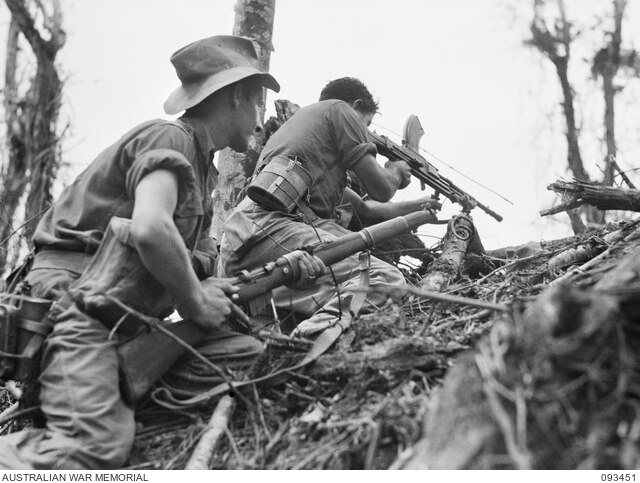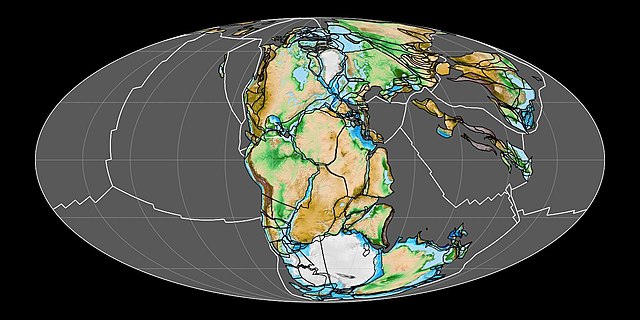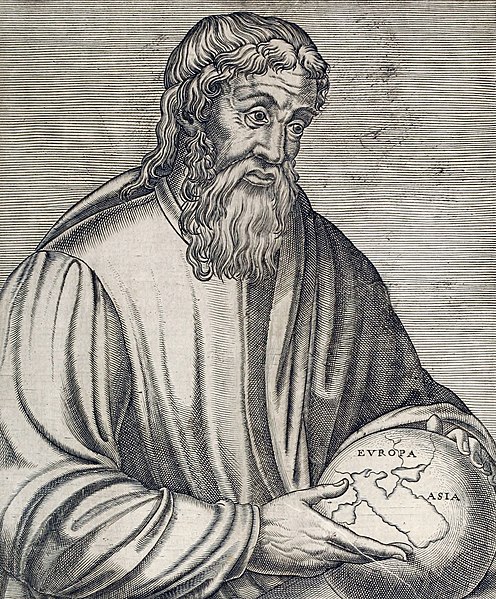The continent of Australia, sometimes known in technical contexts by the names Sahul, Australia-New Guinea, Australinea, or Meganesia to distinguish it from the country of Australia, is located within the Southern and Eastern hemispheres. The continent includes mainland Australia, Tasmania, the island of New Guinea, the Aru Islands, the Ashmore and Cartier Islands, most of the Coral Sea Islands, and some other nearby islands. Situated in the geographical region of Oceania, Australia is the smallest of the seven traditional continents.
Mainland Australia showing the continental Sahul Shelf (light blue) extending to the islands of New Guinea in the north, the island of Timor in the northwest, and Tasmania in the south
Aboriginal pictographs known as Wandjina in the Wunnumurra Gorge, Barnett River, Kimberley, Western Australia
An Australian light machine gun team in action near Wewak, Papua New Guinea, in June 1945
Australian eucalyptus forest in a state of regeneration
A continent is any of several large geographical regions. Continents are generally identified by convention rather than any strict criteria. A continent could be a single landmass or a part of a very large landmass, as in the case of Asia or Europe. Due to this, the number of continents varies; up to seven or as few as four geographical regions are commonly regarded as continents. Most English-speaking countries recognize seven regions as continents. In order from largest to smallest in area, these seven regions are Asia, Africa, North America, South America, Antarctica, Europe, and Australia. Different variations with fewer continents merge some of these regions; examples of this are merging North America and South America into America, Asia and Europe into Eurasia, and Africa, Asia, and Europe into Afro-Eurasia.
Reconstruction of the supercontinent Pangaea approximately 200 million years ago
The Indian subcontinent
The Ancient Greek geographer Strabo holding a globe showing Europa and Asia
Rigveda page in Sanskrit








